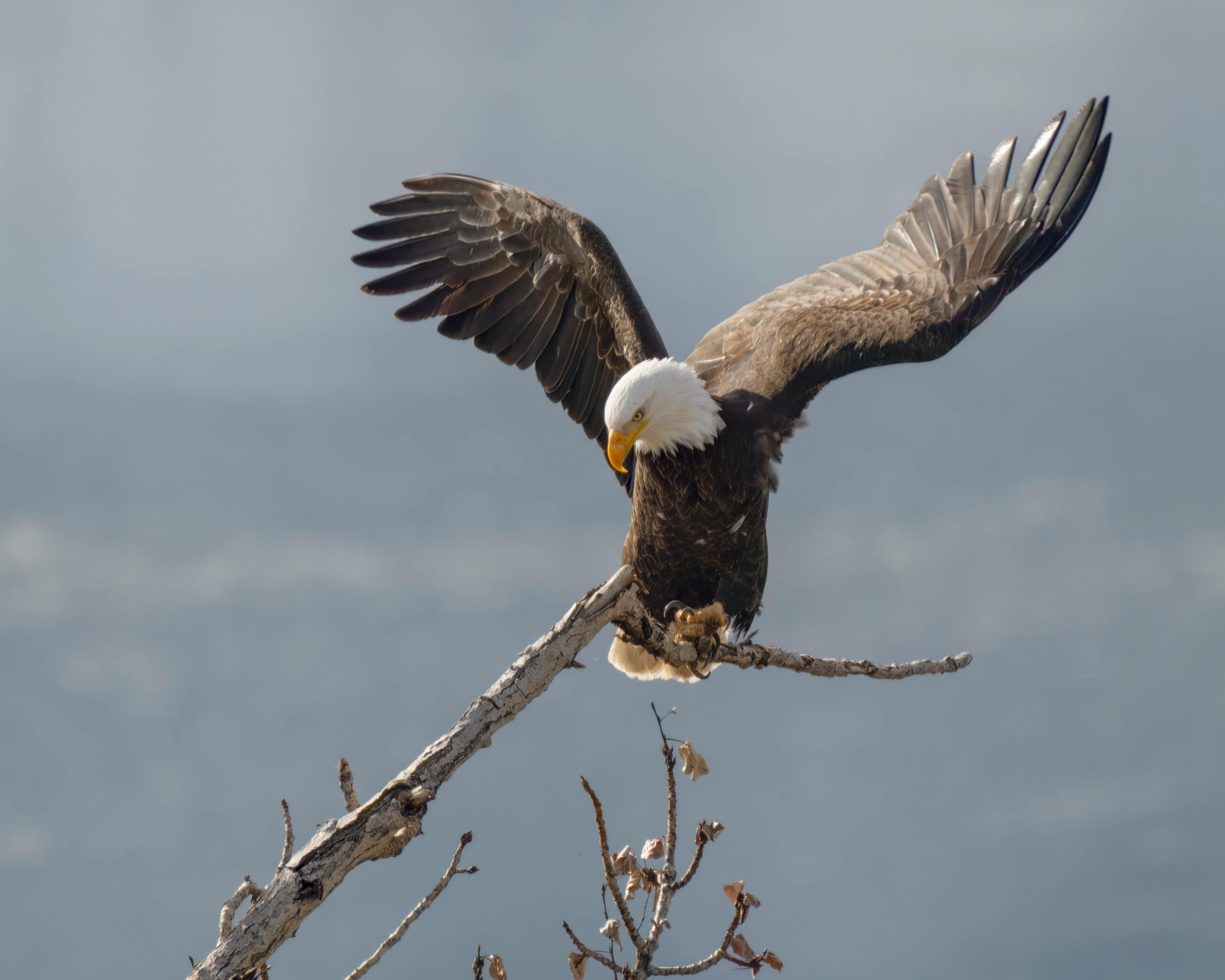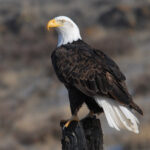Bald eagles are known for their impressive size and majestic appearance. These birds of prey are native to North America and are the national symbol of the United States. In this comprehensive guide, we will explore the specific details and unique specifications of how big a bald eagle can get.
Wingspan and Length of Bald Eagles
The wingspan of a bald eagle is a key indicator of their size. According to the Pennsylvania Game Commission, the wingspan of a bald eagle can range from 5.5 feet to 8 feet, with an average wingspan of 6.7 feet.
In terms of length, bald eagles measure between 28 to 40 inches, with an average length of 33 inches or 2.7 feet.
Weight and Sexual Dimorphism
 Image source: Pexels by Frank Cone
Image source: Pexels by Frank Cone
The weight of a bald eagle can vary significantly, with an average weight ranging from 8 to 12 pounds. However, it’s important to note that there is a distinct difference in size between male and female bald eagles, a phenomenon known as sexual dimorphism.
Female bald eagles are generally larger than their male counterparts, with a wingspan that can reach up to 8 feet and a length that can exceed 40 inches.
Habitat and Nesting Habits
Bald eagles are found throughout North America, particularly near large bodies of water such as rivers, lakes, and coastlines. These birds are known for building the largest nest of any North American bird, which can measure up to 4 meters (13 feet) deep and 2.5 meters (8.2 feet) wide.
Diet and Prey
Bald eagles are opportunistic predators, primarily feeding on fish, but they will also consume a wide variety of prey, including other birds, mammals, reptiles, and amphibians. They have been known to take down prey as large as a 6.8 kg (15 lb) mule deer fawn.
Conservation Status
Once on the brink of extinction due to habitat loss, pollution, and hunting, bald eagle populations have rebounded significantly thanks to conservation efforts. They were removed from the U.S. list of endangered and threatened species in 2007.
In conclusion, bald eagles are truly impressive birds, with a wingspan that can reach up to 8 feet and a length that can exceed 40 inches. These powerful predators play a crucial role in the ecosystems they inhabit, and their recovery is a testament to the success of conservation efforts.


